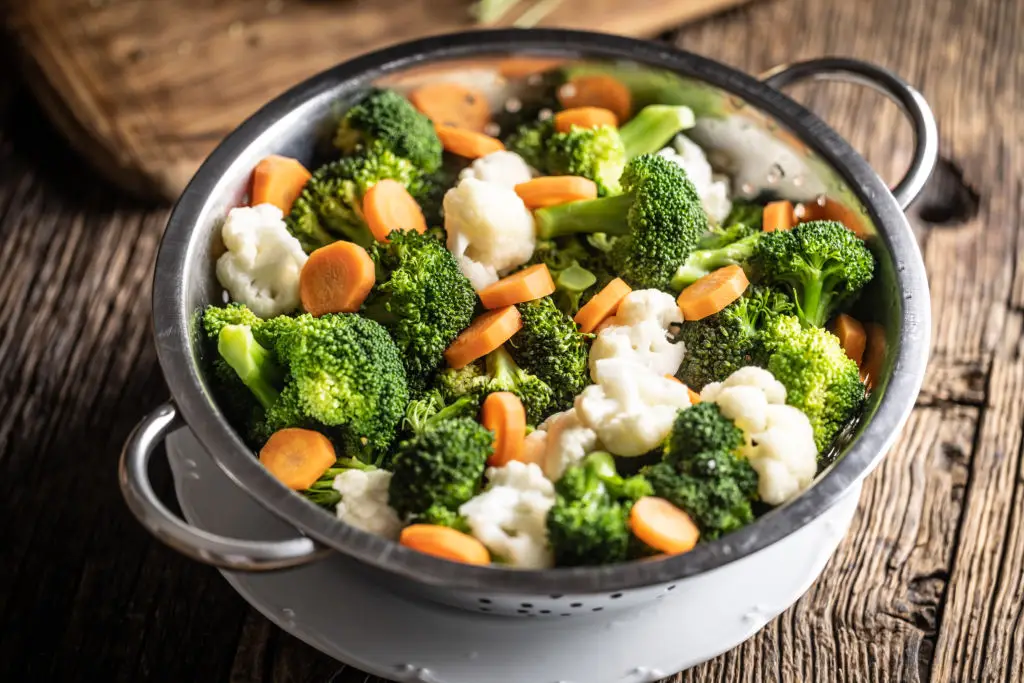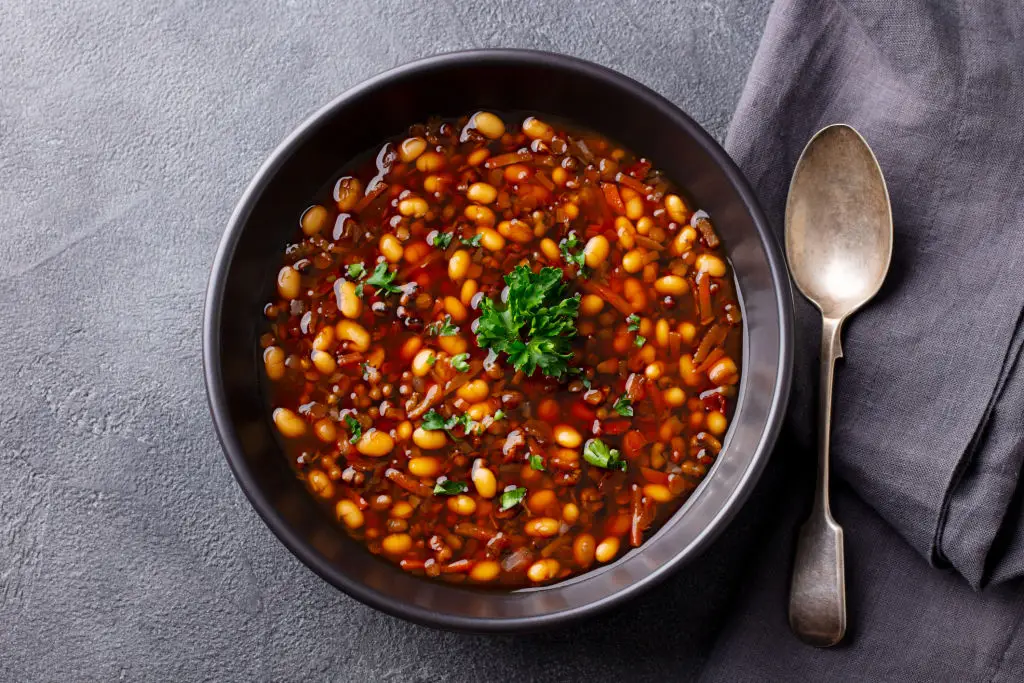Silent Bloating: 11 Reasons Your Favorite High-Fiber Foods Are Causing Discomfort
3. Raw Veggies Overload

There’s nothing more inviting than a crisp, colorful salad or a plate of raw carrot sticks. But raw vegetables pack a lot of insoluble fiber—a type your body has to work harder to break down, especially in big servings. For many, large quantities of raw kale, broccoli, or carrots can lead to extended time in your gut, setting off gas and unmistakable bloat. It doesn’t mean you need to skip those greens. Instead, try lightly steaming, roasting, or sautéing your veggies. Cooking softens the fiber’s structure, making it little easier on your digestive system while keeping nutrients and flavor intact. If salads or crudités are new to you—or if you notice puffiness after eating them—start by splitting portions, mixing raw and cooked, or adding extra chewing time. Even your favorite superfoods deserve a gentle introduction.
4. Beans and Lentils: Gas Champions

Beans, lentils, and other legumes steal the show for heart and gut health, but they also come with a notorious reputation for, well, loud side effects. The reason? Their fibers are paired with natural sugars called FODMAPs—favorite snacks of gut bacteria, who throw a gas-filled party during digestion. That means even health enthusiasts with the best intentions can end up feeling gassier than expected, especially if adding beans suddenly. No need to banish chili nights or lentil soups, though. Soaking dried beans, rinsing canned varieties, or focusing on smaller servings at first all keep things more manageable. With time, your gut microbiome adapts, and you can enjoy legume benefits minus the fanfare. Tip: try adding them alongside easily digestible grains or veggies for a balanced approach.
